
-
Find the right food for your petTake this quiz to see which food may be the best for your furry friend.Find the right food for your petTake this quiz to see which food may be the best for your furry friend.Featured products
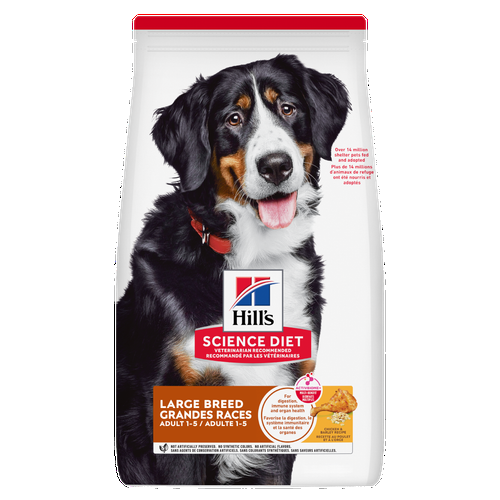 Adult Large Breed Chicken & Barley Recipe Dog Food
Adult Large Breed Chicken & Barley Recipe Dog FoodSupports healthy joints, immune system, digestion, lean muscle & beautiful coat
Shop Now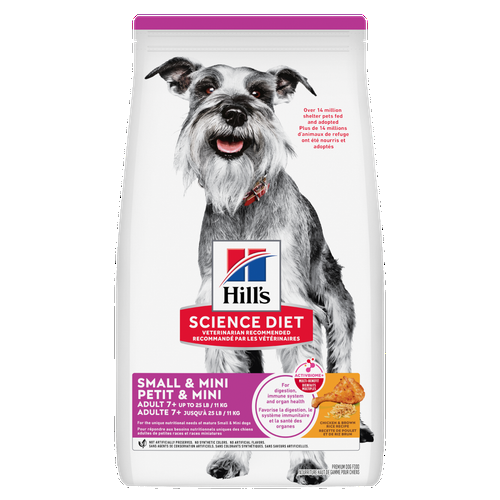 Adult 7+ Small & Mini Chicken & Brown Rice Recipe Dog Food
Adult 7+ Small & Mini Chicken & Brown Rice Recipe Dog FoodSupports energy level & luxurious coat in Small & Mini dogs. Helps keep immune system, heart & kidneys healthy.
Shop Now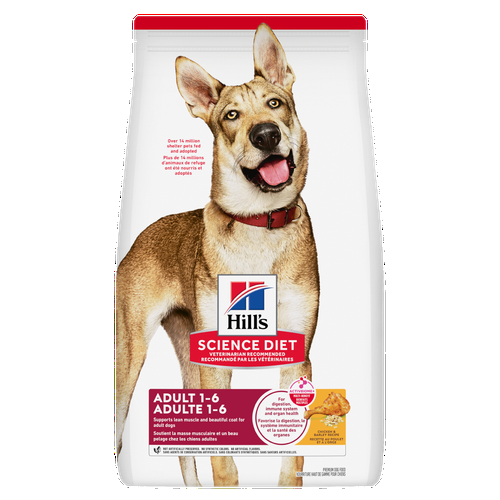 Adult Chicken & Barley Recipe Dog Food
Adult Chicken & Barley Recipe Dog FoodSupports healthy immune system, digestion, lean muscle & beautiful coat
Shop NowFeatured products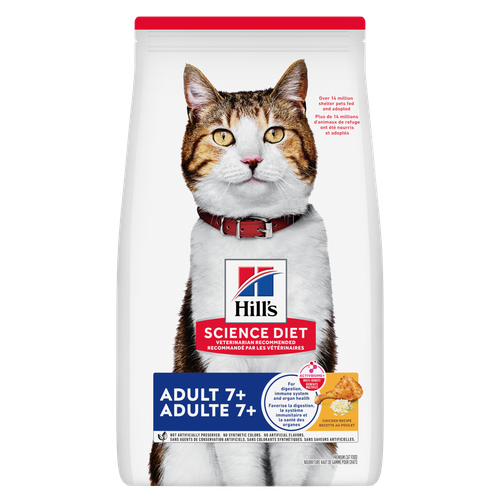 Adult 7+ Chicken Recipe Cat Food
Adult 7+ Chicken Recipe Cat FoodSupports energy level & beautiful fur. Helps keep immune system, heart & kidneys healthy.
Shop Now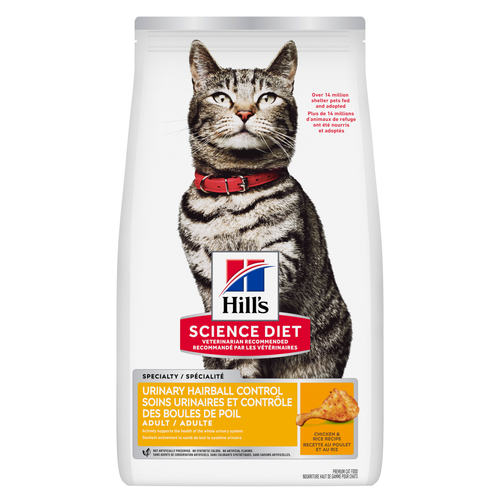 Adult Urinary Hairball Control Chicken & Rice Recipe Cat Food
Adult Urinary Hairball Control Chicken & Rice Recipe Cat FoodSupports the health of the whole urinary system with optimal levels of magnesium
Shop Now Adult Oral Care Chicken & Brown Rice Recipe Cat Food
Adult Oral Care Chicken & Brown Rice Recipe Cat FoodClinically proven kibble technology to reduce plaque & tartar build-up
Shop Now -
Dog
- Dog Tips & Articles
-
Health Category
- Weight
- Food & Environmental Sensitivities
- Urinary
- Digestive
- Joint
- Kidney
- Dental
- Cancer
-
Life Stage
- Puppy Nutrition
- Adult Nutrition
- Senior Nutrition
Cat- Cat Tips & Articles
-
Health Category
- Weight
- Skin & Food Sensitivities
- Urinary
- Digestive
- Kidney
- Dental
- Stress
- Cancer
-
Life Stage
- Kitten Nutrition
- Adult Nutrition
Featured articles The Incredible Science Behind Your Pet's Microbiome
The Incredible Science Behind Your Pet's MicrobiomeLearn what a pet's microbiome is, how it contributes to your pet's gut & overall health, and why nutrition is important in maintaining healthy microbiomes.
Read More Pet Food Storage Tips
Pet Food Storage TipsDiscover how and where to store your dry, as well as canned, dog and cat food. Learn how to find the "best before" dates on all Hill's pet food packaging.
Read More Compare Your Pet Food's Calories to Other Brands
Compare Your Pet Food's Calories to Other BrandsCompare Hill's Science Diet dog and cat food's calories against other pet food brands and AAFCO recommended maximum calorie count.
Read More -


As winter approaches, it's important to keep your dog warm and dry. Cold, damp conditions can be hazardous for unprotected paws, ears and tails. In fact, frostbite on dogs' paws is one of the more common winter injuries seen by veterinarians.
There are no hard rules for how cold it has to be for a dog to be at risk for frostbite or how long they should be exposed to winter conditions. However, water, brutal winds and touching metal can make dog frostbite more likely. Read on to learn more about how frostbite affects dogs.
Clinical Signs of Dog Frostbite
Commonly affected areas include body parts that have thinner coats and less insulation, according to the Merck Veterinary Manual. Body regions with increased exposure to wind and moisture, including the tips of the ears, noses, paws and tails, are also at increased risk for developing frostbite if not adequately protected from winter's bite.
The physical appearance of dog frostbite may vary based upon severity of the injury and how recent the exposure was.
 Shallow frostbite results in skin paler in color than the surrounding area. The skin may peel and lose hair, develop blisters or turn red. The affected area may also be numb or painful. Deeper freezing causes the affected skin to harden. This area may be cool to the touch, even when the dog is no longer exposed to cold temperatures. Darkened skin is typically the most severely affected. This skin may weep, bleed or secrete yellow-green material. With time, severe injuries may cause tissue death and sloughing
Shallow frostbite results in skin paler in color than the surrounding area. The skin may peel and lose hair, develop blisters or turn red. The affected area may also be numb or painful. Deeper freezing causes the affected skin to harden. This area may be cool to the touch, even when the dog is no longer exposed to cold temperatures. Darkened skin is typically the most severely affected. This skin may weep, bleed or secrete yellow-green material. With time, severe injuries may cause tissue death and sloughing
Any dog exposed to freezing temperatures can develop frostbite, though those that are not acclimated to winter weather are at increased risk, along with those with thinner hair coats. Younger and older dogs are both more likely to develop the condition, as they are more prone to unstable body temperatures. Dogs with compromised circulation, such as those with diabetes mellitus, are more likely to suffer from dog frostbite.
How Vets Diagnose and Treat Dog Frostbite
Frostbite on dogs' paws has a classic appearance and is typically easy to diagnose based upon known exposure to winter temperatures.
If caught promptly, treatment consists of gentle warming and supportive care. If your pet is suffering from cold body temperatures overall then this will also be part of the treatment plan. It should be noted that frostbite should not be treated at home. If you notice signs of frostbite on your pup, please leave it to the experts, as you can do more harm than good if you warm the skin too rapidly.
For severe frostbite, surgical removal of affected regions may be necessary, unfortunately. Your vet will likely wait to operate on damaged tissues until the full extent of the tissue is understood. Because damage to the tissues doesn't show up immediately, this does require time and a few days of patience. Rest assured frostbite does not spread to other tissues once the damage occurs; it just takes a small amount of time for all the damage that has occurred to be clearly visible, according to VCA .


Tasty Tips
Avoiding Frostbite on Dogs' Paws
 During winter weather, paw pads can dry and crack. Ask your vet for a good pad moisturizer and avoid human hand moisturizer, as this can soften the pads and lead to injury. Many of the chemicals that are used to melt ice and maintain safe roads and walkways are quite caustic for puppy paws. To avoid sores and blistering on your pup's paws, you can slather them with a layer of petroleum jelly prior to outdoor walks. This can prove messy, but only a small amount is needed to do the trick. Wintertime booties are another way to protect your dog's paws from the harsh winter elements. Surprisingly, most dogs adapt very quickly to booties, though initially you may want to prepare for some belly laughs.
During winter weather, paw pads can dry and crack. Ask your vet for a good pad moisturizer and avoid human hand moisturizer, as this can soften the pads and lead to injury. Many of the chemicals that are used to melt ice and maintain safe roads and walkways are quite caustic for puppy paws. To avoid sores and blistering on your pup's paws, you can slather them with a layer of petroleum jelly prior to outdoor walks. This can prove messy, but only a small amount is needed to do the trick. Wintertime booties are another way to protect your dog's paws from the harsh winter elements. Surprisingly, most dogs adapt very quickly to booties, though initially you may want to prepare for some belly laughs.
When the temps drop and your dog's paws get wet, foot fur is an easy place for ice to form and cling to. To prevent these unwanted "footsicles," comb the foot hair out, especially from between the toes, and trim the fur evenly to the level of the paw pads. If you prefer, a groomer can also perform this quick service and get a closer cut than you will likely be able to achieve at home.
Routine nail trims are a wise habit to get into, starting from the earliest of puppy days. When they aren't kept nice and short, the nail is at risk for getting caught on something or splitting. In the wintertime, cold temperatures make nails more brittle and prime for damage. Ask your vet's staff for advice on how to properly trim your pup's nails if you have not established this routine.
When the temperature is brutal, explore other winter exercise activities and winter safety tips here. With a small amount of preparation, your pup can join in the winter fun safely and frostbite-free.


Dr. Laci Schaible is a small animal veterinarian, veterinary journalist, and a thought leader in the industry. She received her Doctor of Veterinary Medicine from Texas A&M University and her Masters in Legal Studies from Wake Forest University.
Related products
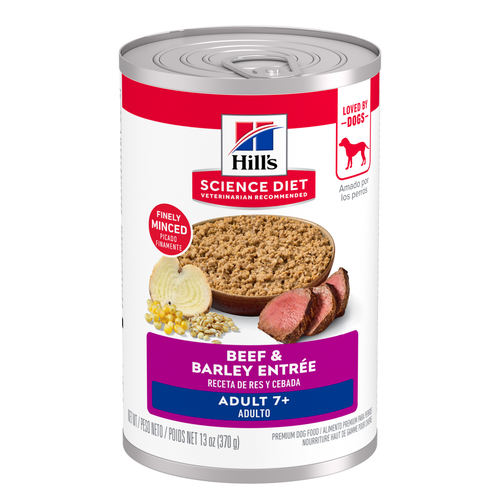
Beef & Barley recipe with precisely balanced nutrition to support mobility and muscle mass for older dogs.
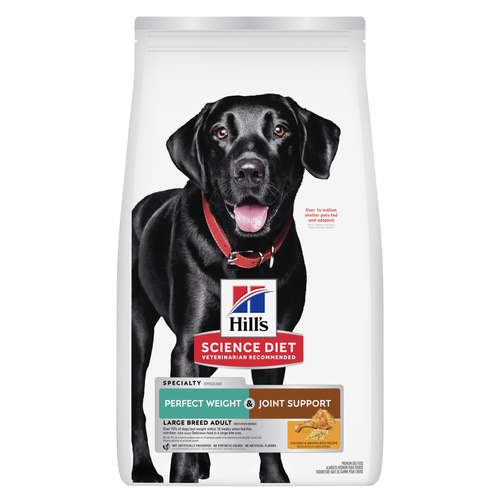
This weight management and mobility support dog food was created with Hill’s unique understanding of the biology of overweight dogs
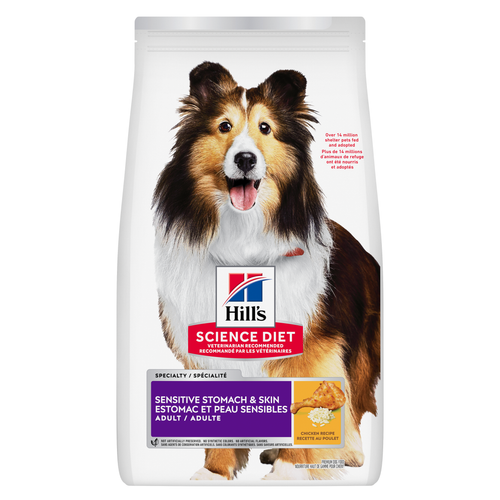
Hill's Science Diet Sensitive Stomach & Skin dry dog food is gentle on stomachs while nourishing skin & promoting a lustrous coat.
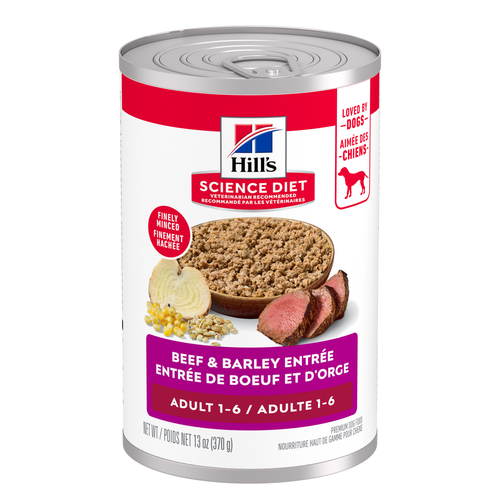
Beef & Barley recipe with precisely balanced nutrition to keep adult dogs active and healthy
Related articles

Proper nutrition for your pregnant or nursing dog is vital to her and her puppy's health. Learn what you should do provide her with the proper nutrients.

Learn how to stop your dog from begging at the dinner table, and understand how it can help contribute to his health.

Discover fun and engaging games and other ways to help your dog exercise, keeping him happy and healthy.

Gather the following puppy supplies to prepare your family for all the fun (and commitment) that comes with being a dog parent.

Put your dog on a diet without them knowing
Our low calorie formula helps you control your dog's weight. It's packed with high-quality protein for building lean muscles, and made with purposeful ingredients for a flavorful, nutritious meal. Clinically proven antioxidants, Vitamin C+E, help promote a healthy immune system.
Put your dog on a diet without them knowing
Our low calorie formula helps you control your dog's weight. It's packed with high-quality protein for building lean muscles, and made with purposeful ingredients for a flavorful, nutritious meal. Clinically proven antioxidants, Vitamin C+E, help promote a healthy immune system.

